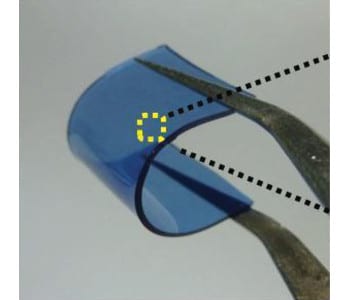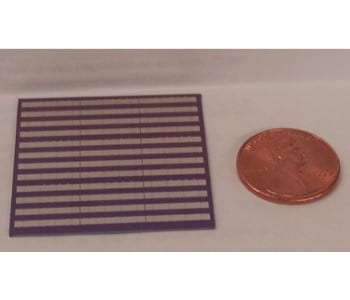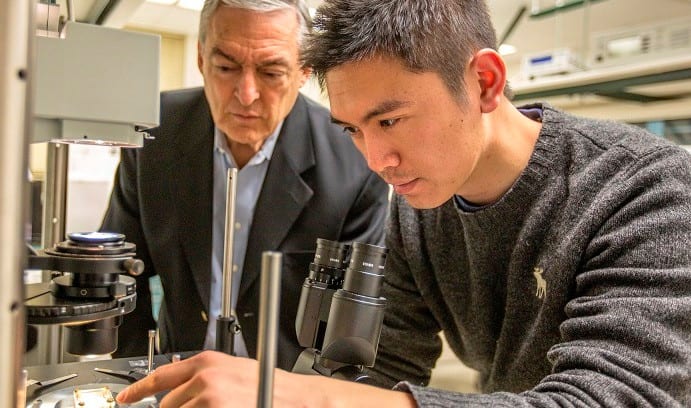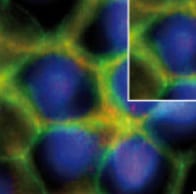J.-M. Kim and co-workers from Hanyang University have developed a sensor film that enables colorimetric differentiation among SAHCs.


J.-M. Kim and co-workers from Hanyang University have developed a sensor film that enables colorimetric differentiation among SAHCs.

Check out the articles highlighted on the covers of the latest issue of Advanced Optical Materials.

Heat-based carbon nanotube/PDMS sensor developed at University of Michigan could detect terahertz radiation in real-time.

Researchers create an artificial chemical sensor based on one of the human body’s most important receptors.
Research mimic the progression of inflammation/infection on a sensor to investigate how biomolecular dynamics change in the local microenvironment.

New approach to radio interference provides all-optical detection of micro- and radiowaves with noise mitigation 1000x better than existing methods.

Researchers combine nanoplasmonic architectures and interferometry to bring nanoscale biosensors to near-commercial levels of sensitivity.
Researchs integrate vanadium oxide onto a silicon chip, paving the way for multifunctional spintronic smart sensors and next-generation spintronic devices.

Device made of organic transistor integrated with a human intestinal cell-line successfully detects Salmonella typhimurium.

Research team at Northwestern University show that chemical sensors capable of detecting toxic vapors can be drawn with a toy pencil on paper.